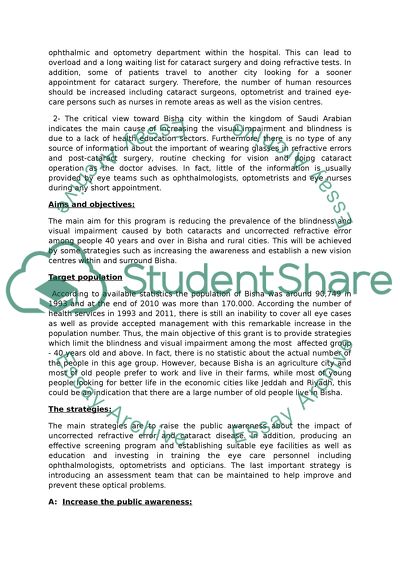Cite this document
(“Bisha. Health sciences and medicine Proofreading: Eye Care programm Essay”, n.d.)
Retrieved de https://studentshare.org/health-sciences-medicine/1391395-bisha-health-sciences-and-medicine-proofreading-eye-care-programm-grnt-proposal
Retrieved de https://studentshare.org/health-sciences-medicine/1391395-bisha-health-sciences-and-medicine-proofreading-eye-care-programm-grnt-proposal
(Bisha. Health Sciences and Medicine Proofreading: Eye Care Programm Essay)
https://studentshare.org/health-sciences-medicine/1391395-bisha-health-sciences-and-medicine-proofreading-eye-care-programm-grnt-proposal.
https://studentshare.org/health-sciences-medicine/1391395-bisha-health-sciences-and-medicine-proofreading-eye-care-programm-grnt-proposal.
“Bisha. Health Sciences and Medicine Proofreading: Eye Care Programm Essay”, n.d. https://studentshare.org/health-sciences-medicine/1391395-bisha-health-sciences-and-medicine-proofreading-eye-care-programm-grnt-proposal.


